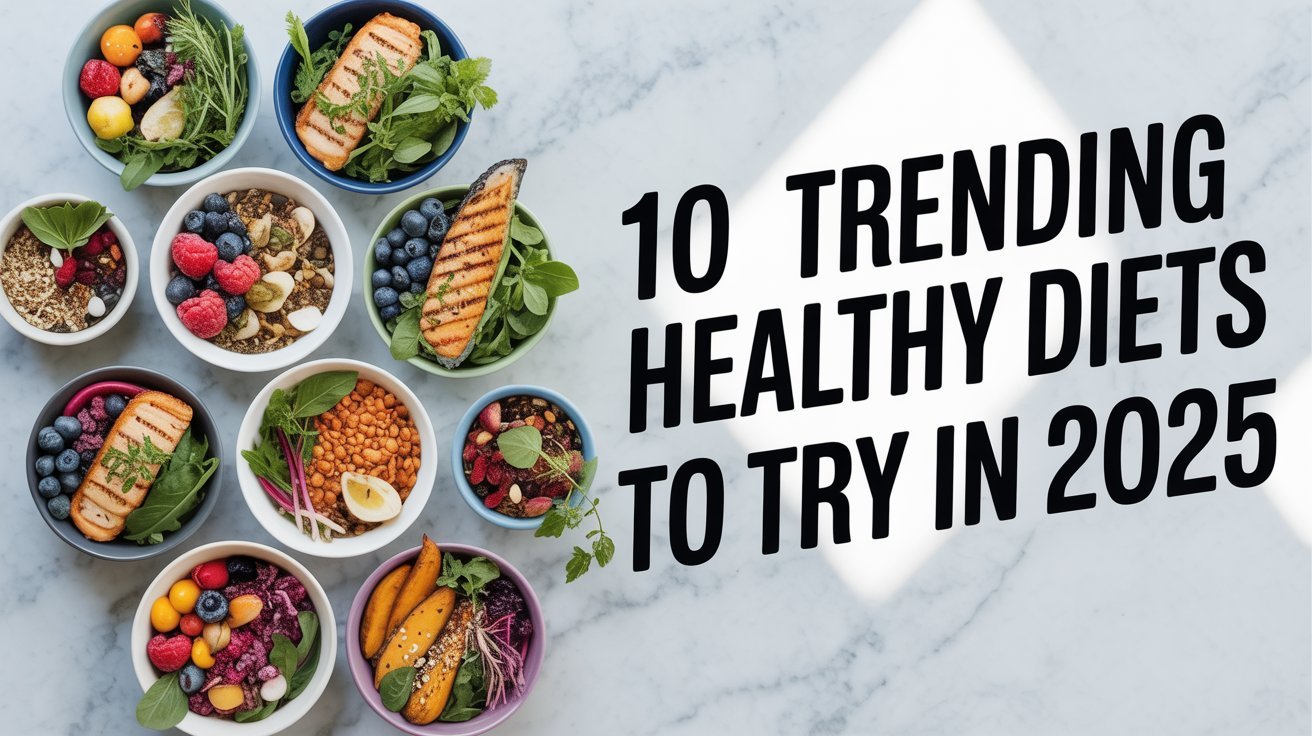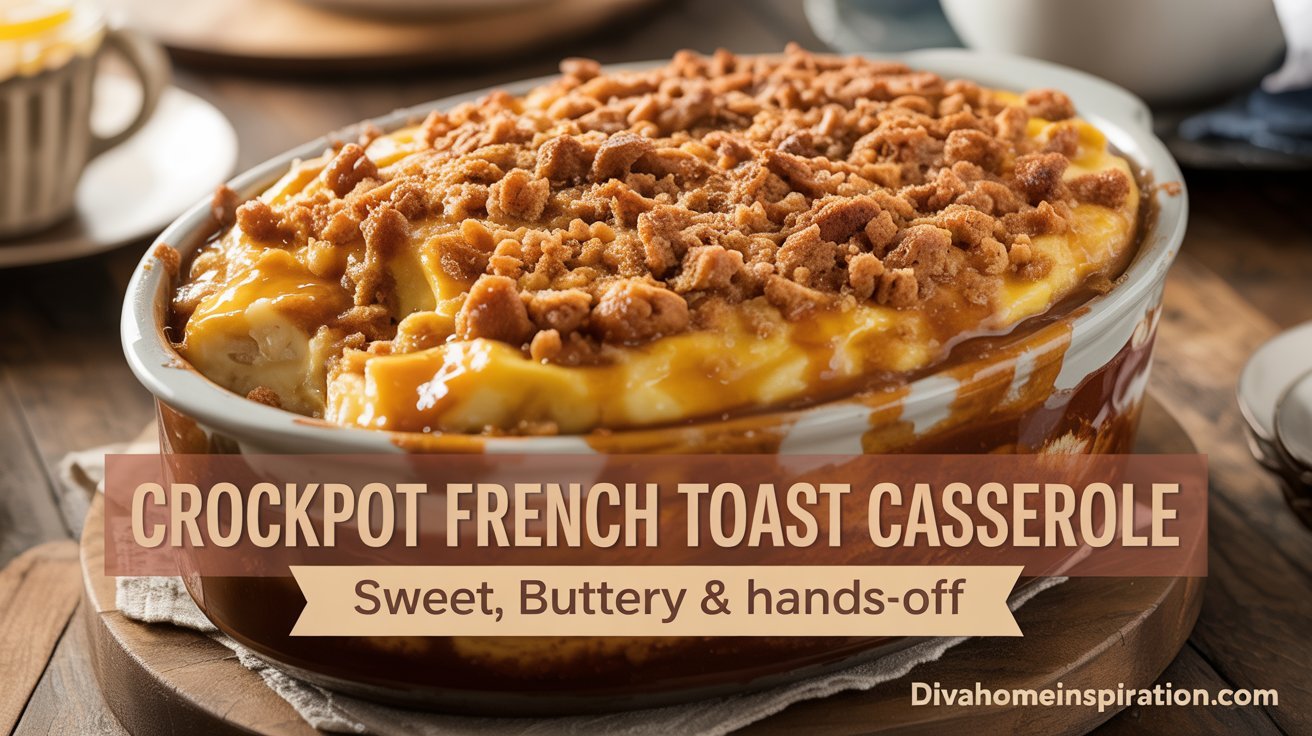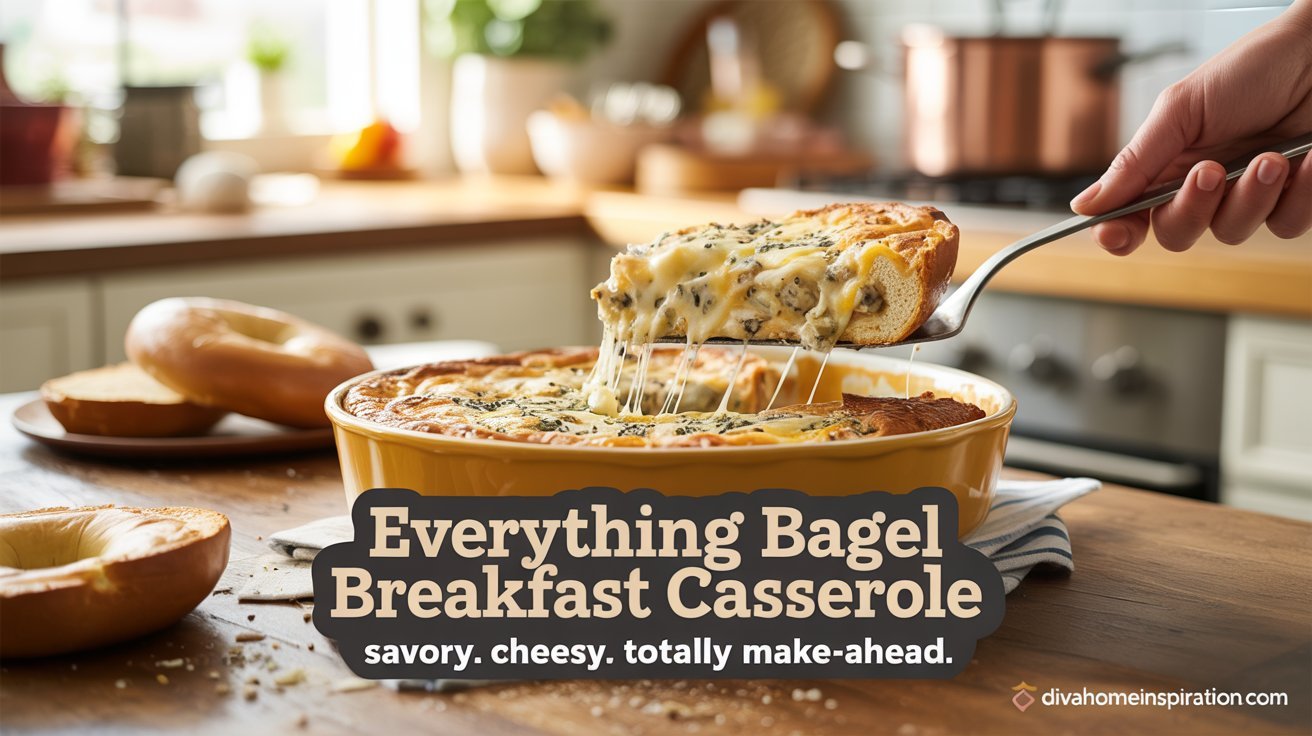This article may contain affiliate links. If you click on these links and make a purchase, we may receive a small commission at no extra cost to you. This helps support our website and allows us to continue to produce content like this. Thank you for your support!
In 2025, healthy eating is all about balance—finding what works for your body, your lifestyle, and even your values. From time-tested plans like the Mediterranean and DASH diets to rising trends like climatarian and anti-inflammatory eating, today’s most popular diets emphasize whole foods, flexibility, and sustainability. Whether your goal is to lose weight, fight inflammation, or support brain health, this guide will help you find a realistic path forward.
Diet Summaries with Recipes: What It Is, Who It’s For, Benefits + Quick Eats
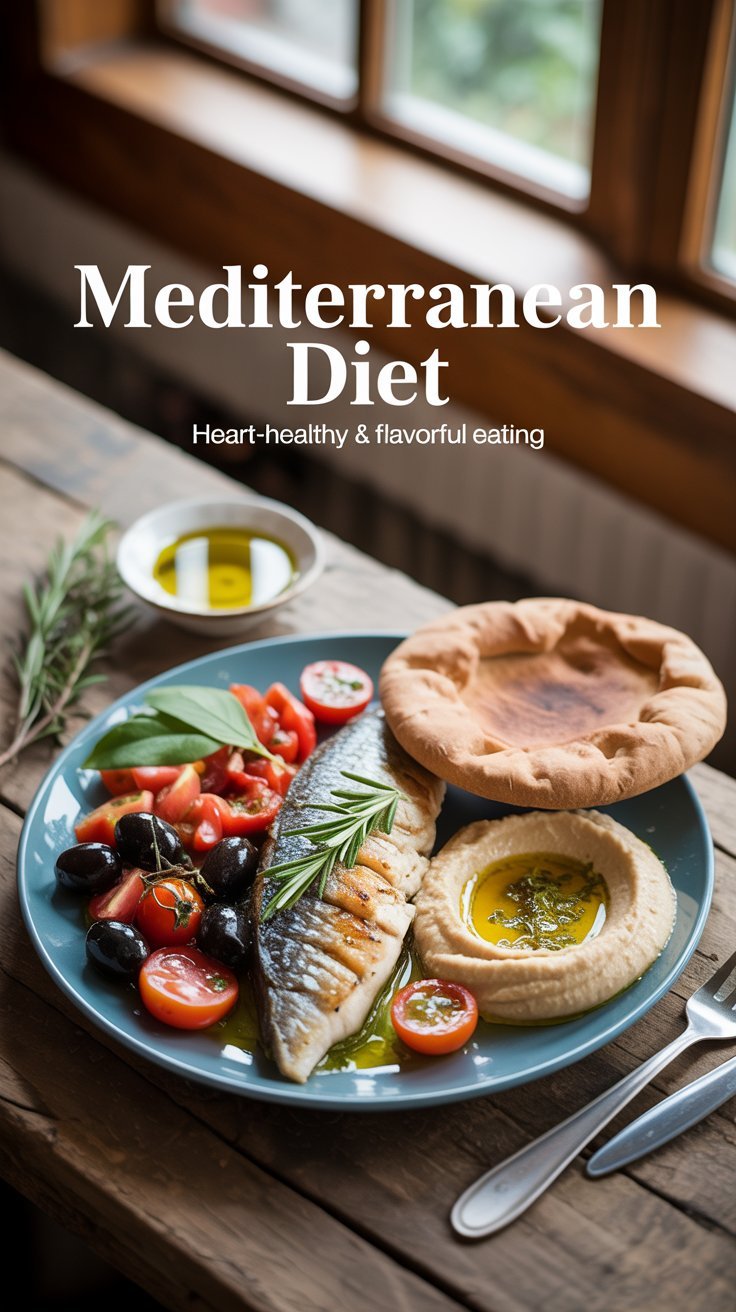
1. Mediterranean Diet
- What it is: A lifestyle-inspired eating pattern rich in veggies, whole grains, legumes, seafood, olive oil, and occasional wine.
- Top benefit: Supports heart and brain health, lowers risk of chronic disease.
- Best for: Anyone looking for a long-term, enjoyable way to eat well.
Quick Recipes:
- Breakfast: Greek yogurt topped with honey, walnuts, and fresh figs.
- Lunch: Hummus wrap with grilled vegetables and feta cheese, drizzled with olive oil.
- Dinner: Grilled sea bass with olive tapenade, served alongside lemony couscous and sautéed greens.
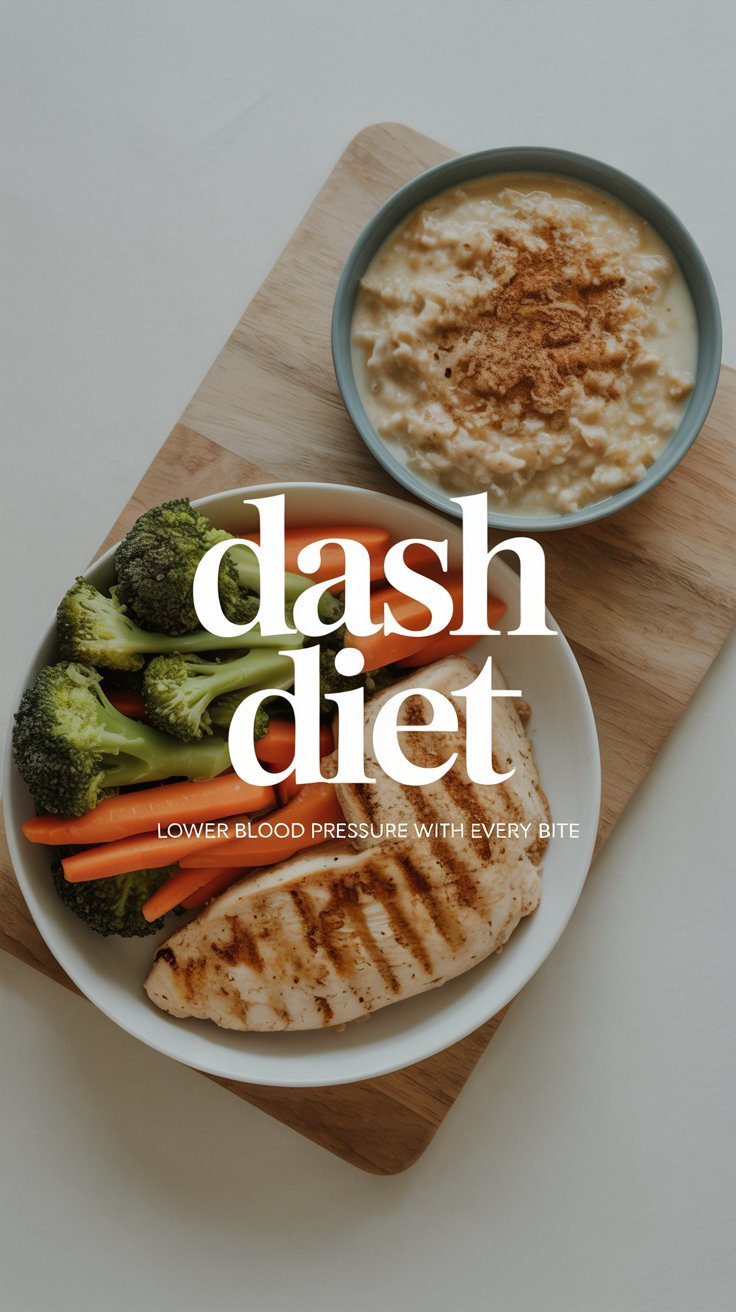
2. DASH Diet
- What it is: A balanced, low-sodium plan designed to reduce high blood pressure.
- Top benefit: Lowers blood pressure, supports heart health.
- Best for: Those with hypertension or looking for a nutrient-balanced meal plan.
Quick Recipes:
Breakfast: Warm oatmeal with banana slices and a sprinkle of cinnamon.
Lunch: Grilled chicken salad with cherry tomatoes, cucumber, low-fat feta, and a light vinaigrette.
Dinner: Baked cod with steamed broccoli and brown rice seasoned with herbs and lemon.
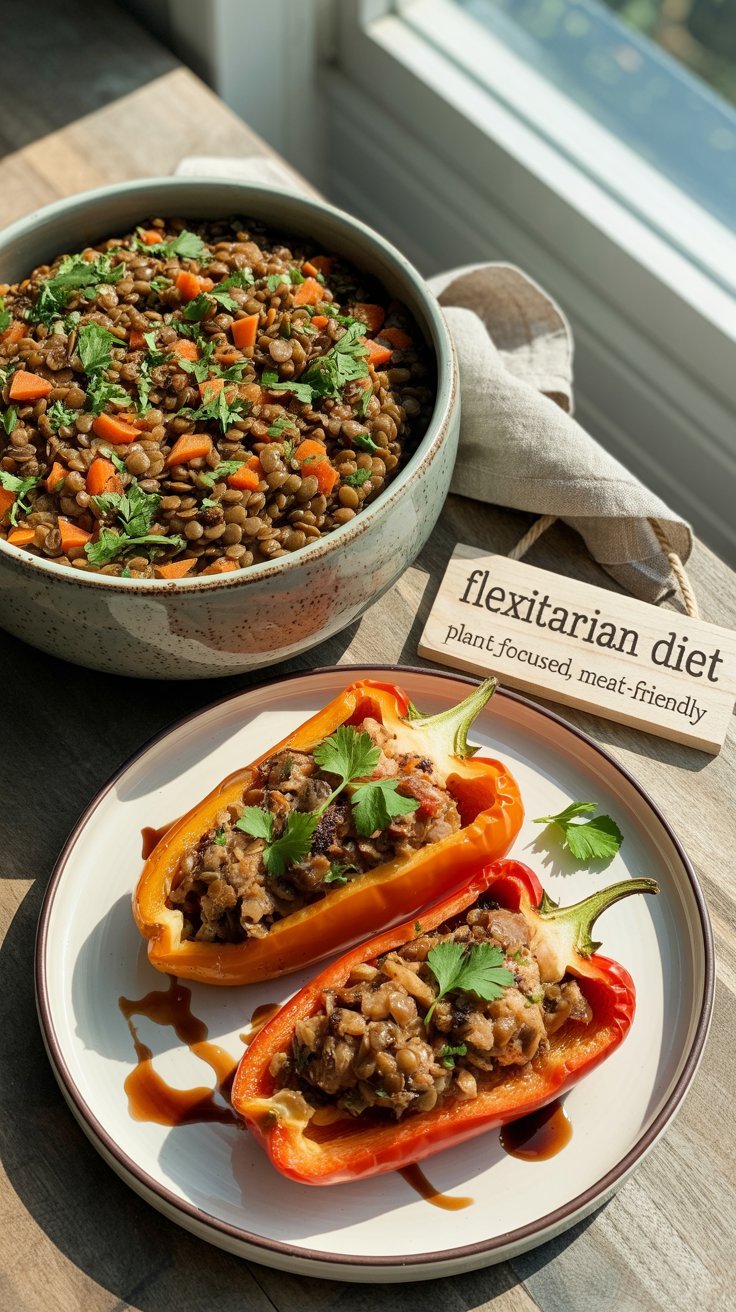
3. Flexitarian Diet
- What it is: Primarily plant-based with occasional meat or fish.
- Top benefit: Supports longevity, improves diet variety, easier to stick to long-term.
- Best for: People who want to reduce meat without going fully vegetarian.
Quick Recipes:
Breakfast: Veggie scramble made with spinach, mushrooms, and bell peppers, served with a slice of whole grain toast.
Lunch: Lentil and quinoa bowl with roasted zucchini, carrots, and tahini dressing.
Dinner: Stuffed bell peppers filled with brown rice, black beans, and ground turkey, baked with tomato sauce.
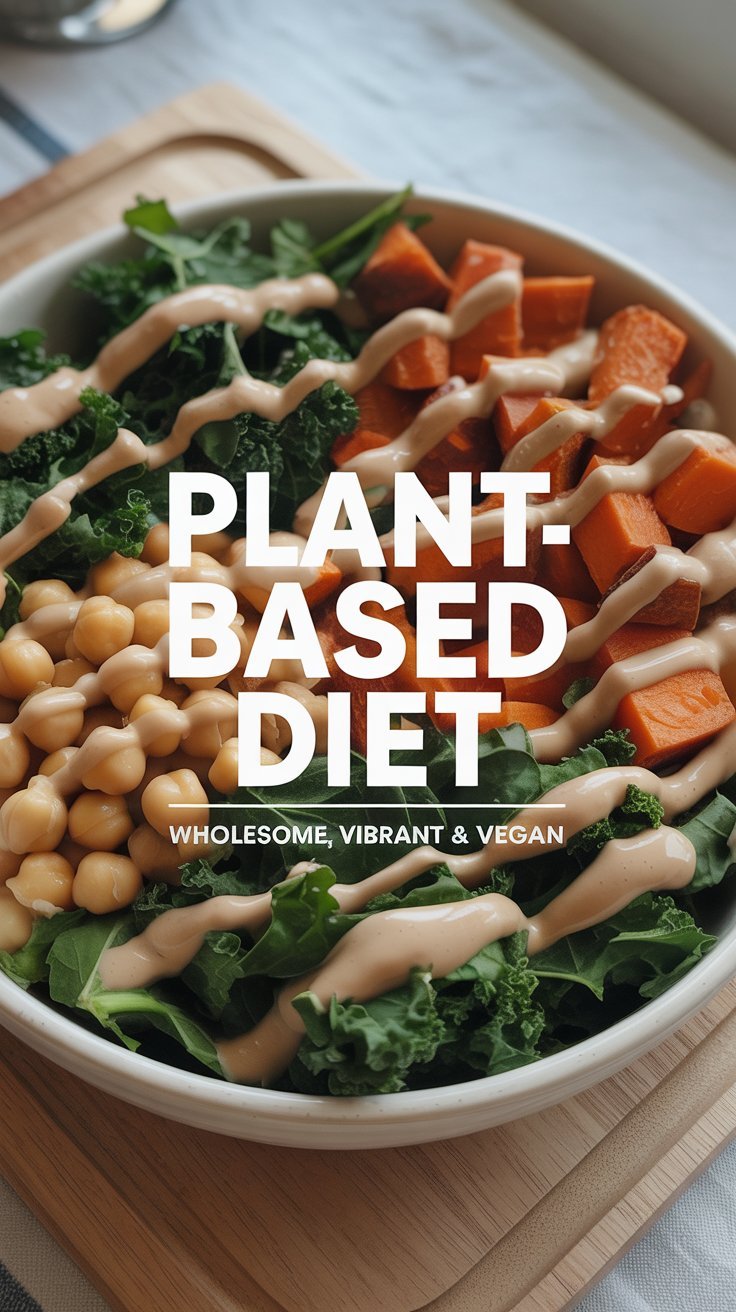
4. Plant-Based Diet
- What it is: Focuses on whole plant foods—vegetables, grains, legumes, fruits—without animal products.
- Top benefit: Lower cholesterol, reduced inflammation, weight loss.
- Best for: Ethical eaters, vegans, or anyone wanting cleaner meals.
Quick Recipes:
Breakfast: Avocado toast on whole grain bread topped with tomato slices, hemp seeds, and chili flakes.
Lunch: Chickpea salad sandwich on sprouted grain bread with a lemon-tahini spread.
Dinner: Vegan curry with lentils, sweet potato, kale, and coconut milk served over jasmine rice.
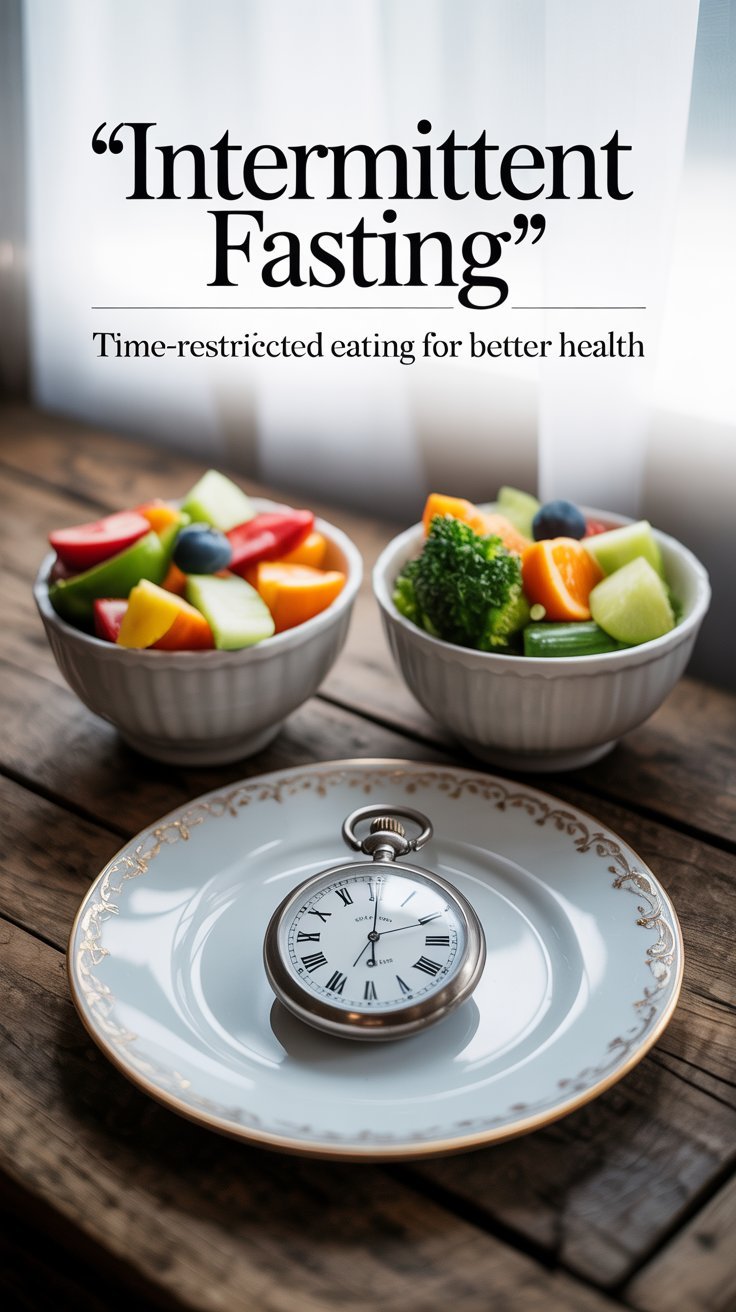
5. Intermittent Fasting
- What it is: A time-restricted eating schedule (e.g., 16:8, 5:2, OMAD).
- Top benefit: Boosts metabolism, supports weight loss, simplifies eating.
- Best for: People who prefer structure and want to cut snacking.
Quick Recipes (for eating window):
Breakfast: Black coffee and water only during fasting hours (typical fast until noon).
Lunch (eating window): Grilled salmon bowl with roasted sweet potatoes, leafy greens, and quinoa.
Dinner (eating window): Egg and veggie omelet with sautéed mushrooms, spinach, and a side of avocado toast.
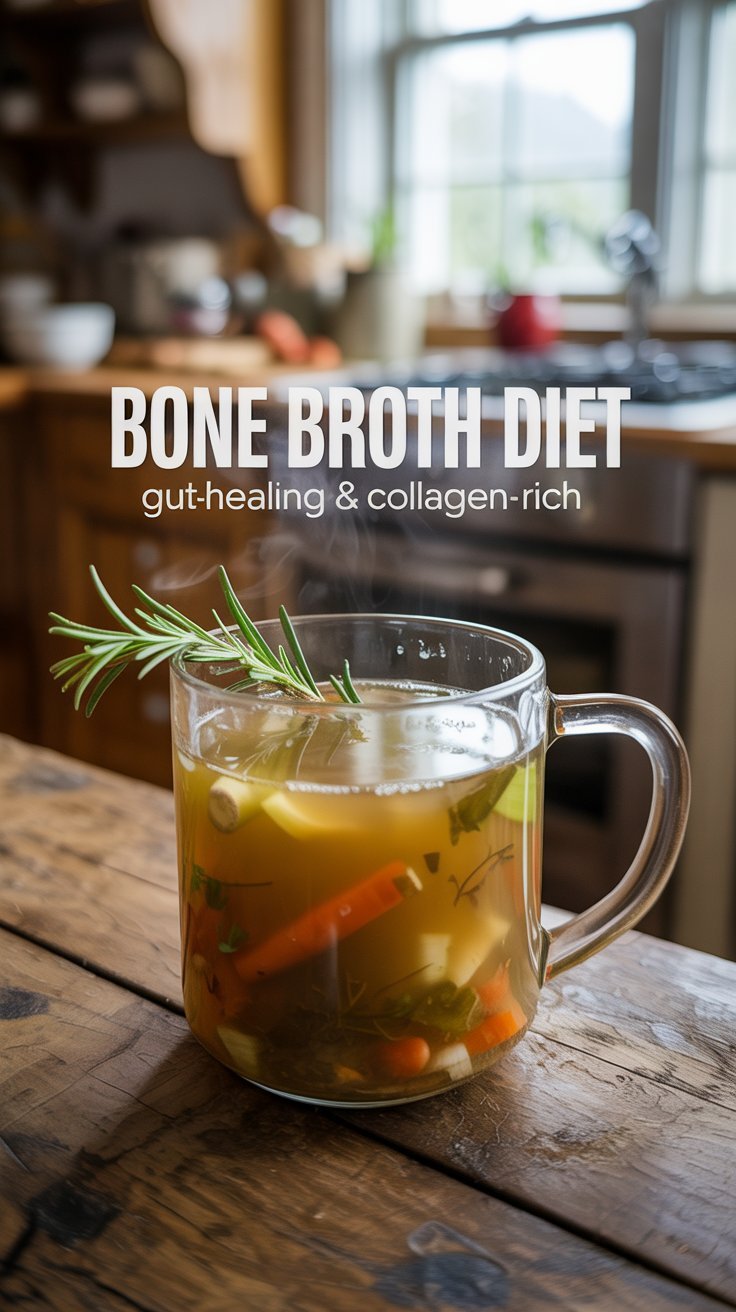
6. Bone Broth Diet
- What it is: Combines intermittent fasting and collagen-rich bone broth for gut healing and fat loss.
- Top benefit: Supports gut, joint, and skin health.
- Best for: Digestive reset, inflammation relief, or skin health support.
Quick Recipes:
Breakfast: A warm mug of homemade bone broth with turmeric and ginger, paired with a soft-boiled egg.
Lunch: Chicken bone broth soup loaded with carrots, spinach, onions, and cooked quinoa.
Dinner: Zucchini noodles tossed with shredded chicken, garlic, and warm bone broth as a light pasta alternative.
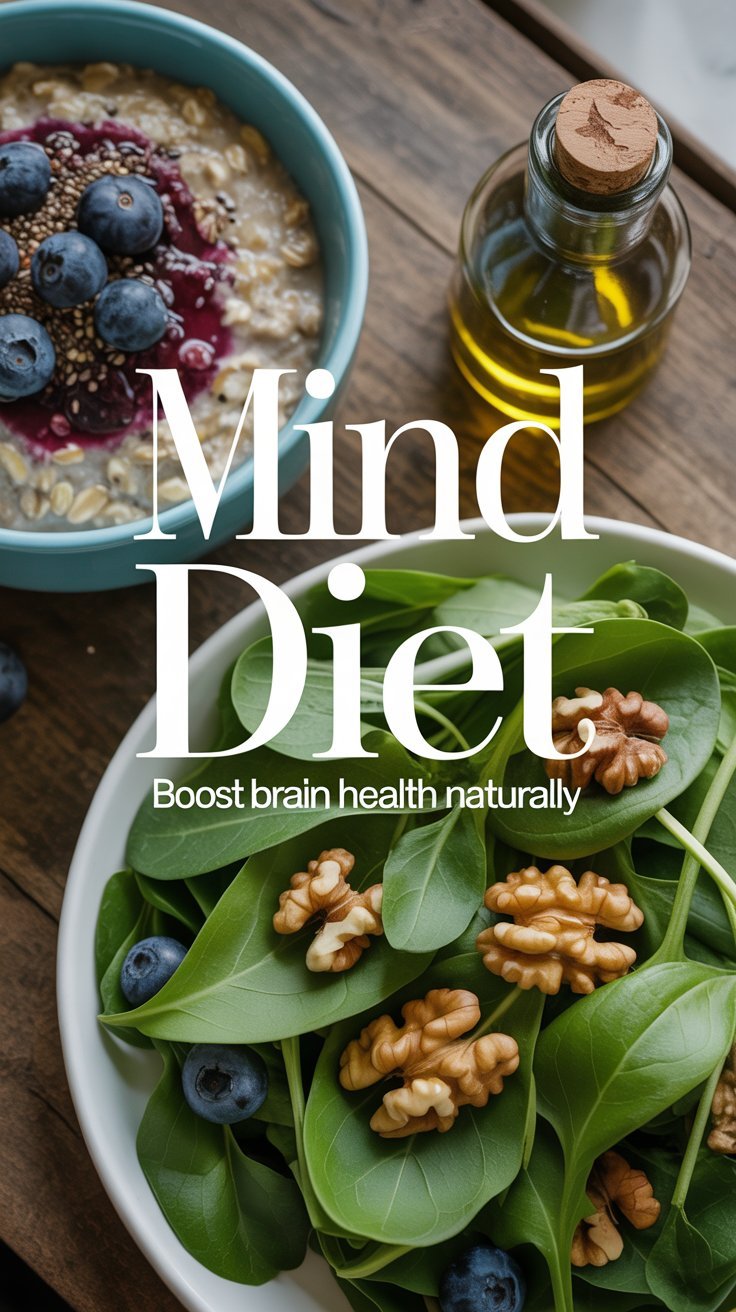
7. MIND Diet
- What it is: A fusion of DASH and Mediterranean diets with a brain-boosting focus.
- Top benefit: Slows cognitive decline, reduces Alzheimer’s risk.
- Best for: Anyone focused on long-term brain health.
Quick Recipes:
- Breakfast: Oatmeal made with almond milk, topped with blueberries, chia seeds, and slivered almonds.
- Lunch: Spinach salad with strawberries, walnuts, chickpeas, and a drizzle of olive oil.
- Dinner: Baked trout with rosemary, served with roasted carrots and a side of quinoa pilaf.
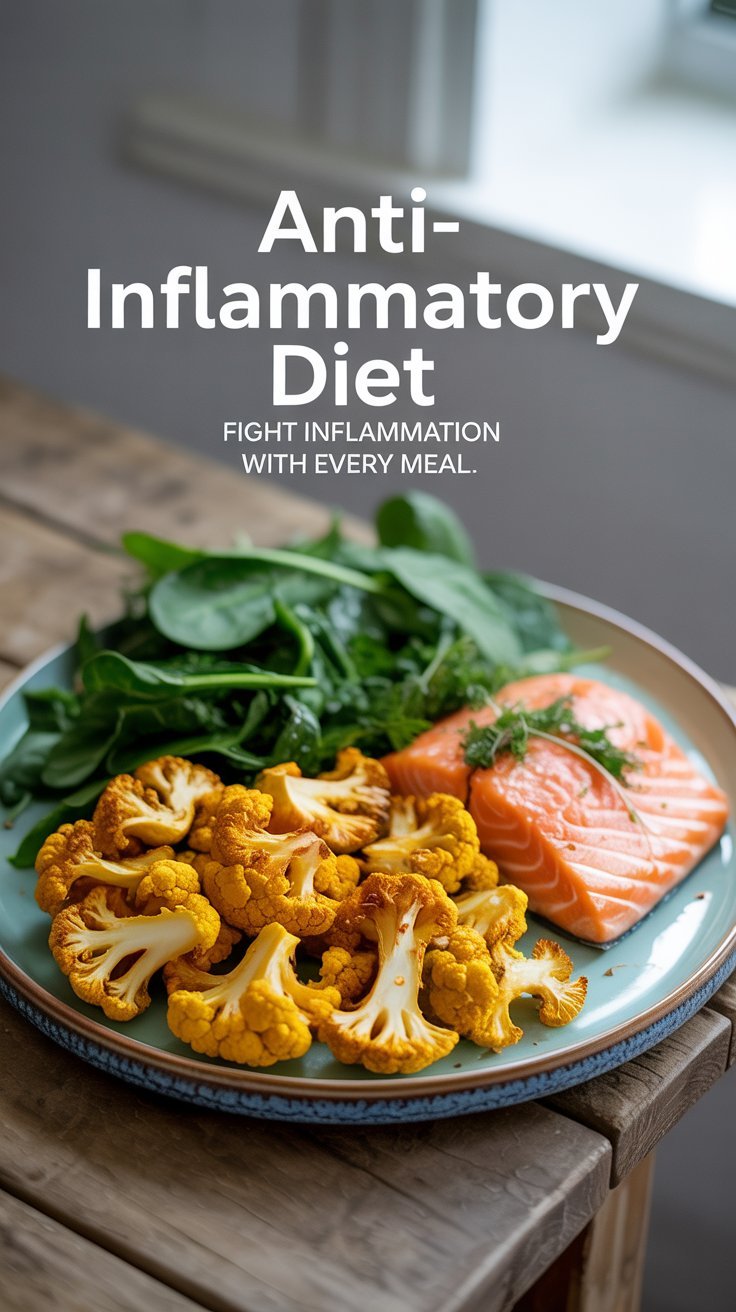
8. Anti-Inflammatory Diet
- What it is: Centers on foods that reduce chronic inflammation (rich in antioxidants and omega-3s).
- Top benefit: Supports immune function, reduces pain and fatigue.
- Best for: People with autoimmune issues or inflammatory conditions.
Quick Recipes:
- Breakfast: Golden turmeric smoothie made with banana, pineapple, turmeric, ginger, and coconut milk.
- Lunch: Grilled salmon served with roasted beets, arugula, and a citrus vinaigrette.
- Dinner: Stuffed eggplant with quinoa, pine nuts, raisins, and tahini, garnished with parsley.
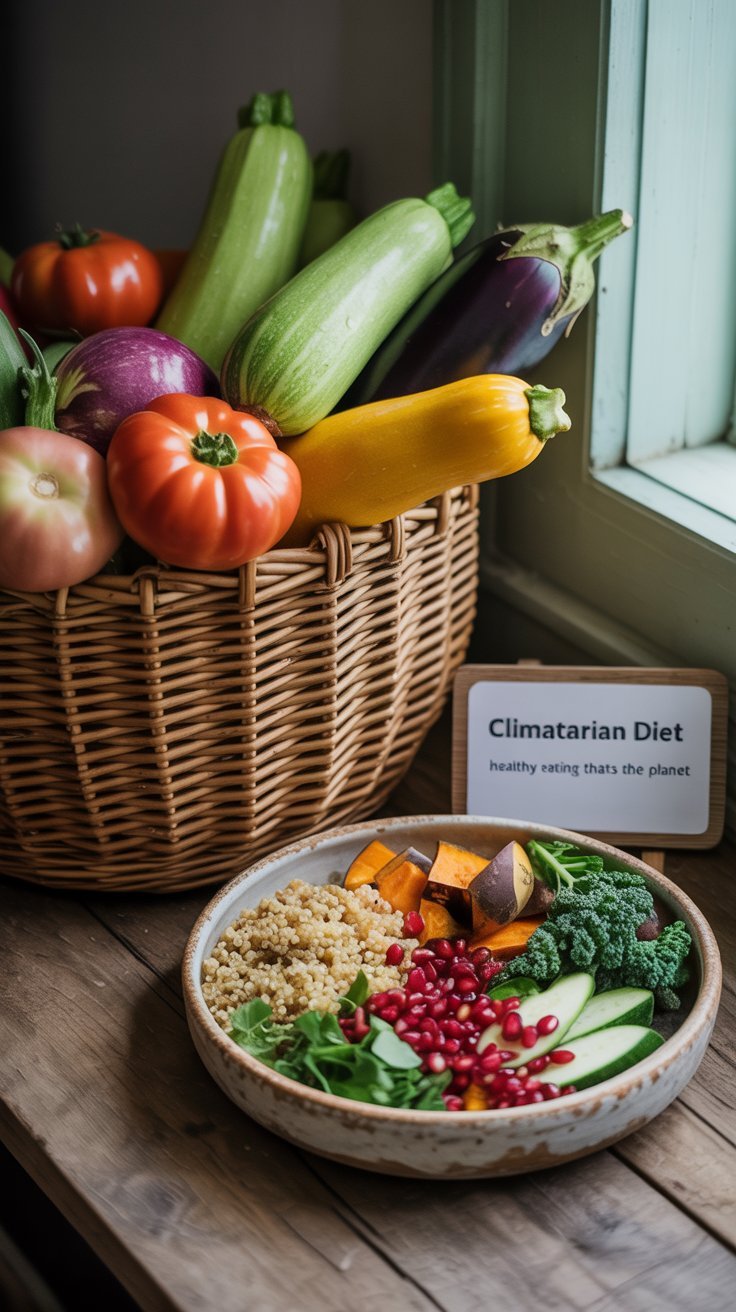
9. Climatarian Diet
- What it is: Prioritizes foods with low environmental impact—seasonal, local, and plant-forward.
- Top benefit: Supports sustainability while improving health.
- Best for: Eco-conscious eaters looking to reduce carbon footprint.
Quick Recipes:
- Breakfast: Local apple slices served with almond butter and a handful of rolled oats.
- Lunch: Grain bowl made with barley or farro, topped with seasonal roasted vegetables from the local farmers market.
- Dinner: Stir-fried tofu with local seasonal greens, garlic, and sesame seeds over a bed of barley.
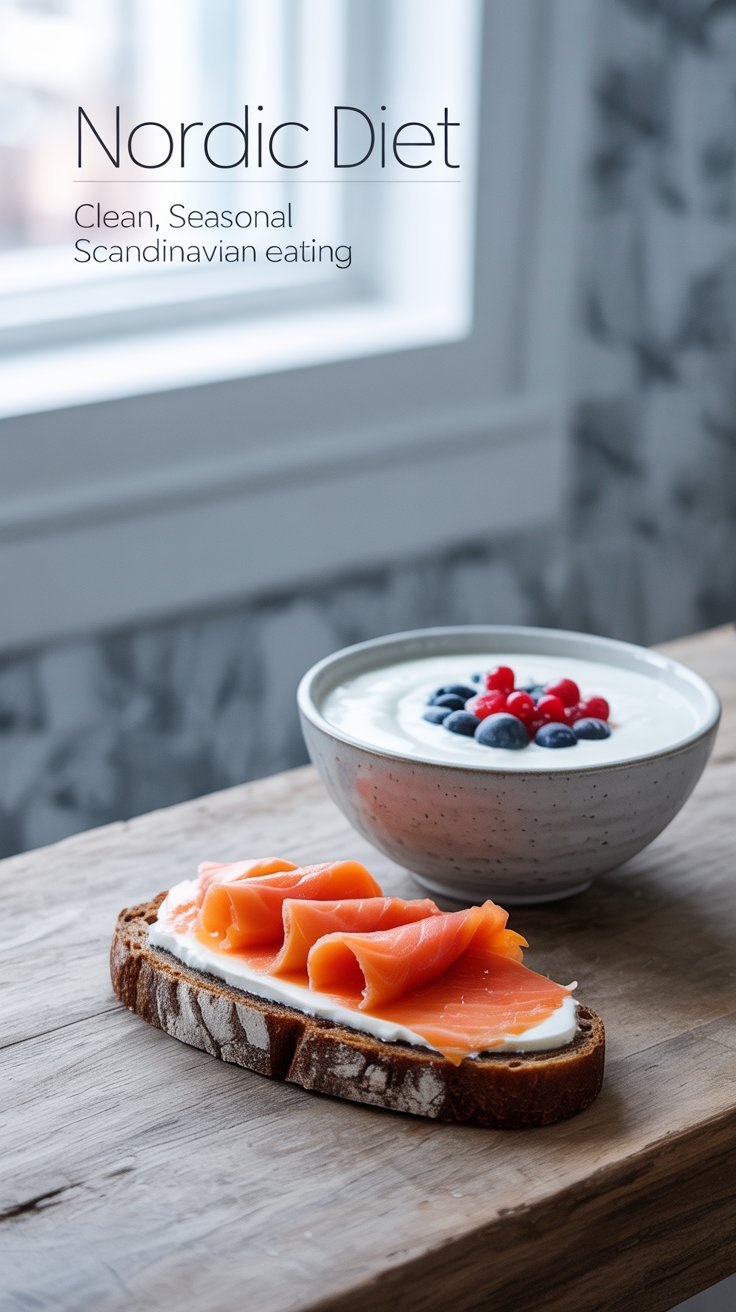
10. Nordic (Atlantic) Diet
- What it is: A traditional Scandinavian diet focused on root vegetables, fish, rye, and foraged berries.
- Top benefit: High in fiber, omega-3s, and antioxidants.
- Best for: Those who want a less olive oil-heavy version of the Mediterranean diet.
Quick Recipes:
Breakfast: Skyr (Icelandic yogurt) with rye flakes, flaxseeds, and lingonberries.
Lunch: Open-face rye sandwich topped with pickled herring, fresh dill, and cucumber slices.
Dinner: Root vegetable stew made with carrots, potatoes, parsnips, and herbs, served with rye toast and sautéed kale.
Comparisons & Pairings: Which Diets Work Together?
Certain diets naturally complement one another:
- MIND + Intermittent Fasting: Protect brain function while managing weight.
- Plant-Based + Anti-Inflammatory: Combine nutrient density with inflammation support.
- Flexitarian + Climatarian: Reduce meat intake and your carbon footprint.
- Mediterranean + DASH: Heart-healthy hybrid with tons of research backing.
These combos are ideal for people who want multiple benefits without extreme restrictions.
“Start Small” Tips: Easy Ways to Ease In
- Flexitarian: Try a meatless day each week.
- DASH: Cut back on processed sodium and add one extra veggie to dinner.
- Intermittent Fasting: Start with a 12-hour fasting window and work your way up.
- Plant-Based: Replace dairy with plant-based alternatives once a day.
- Climatarian: Shop local once a week and opt for seasonal produce.
Bottom Line: Personalize Your Plate
In the end, the best diet is the one you can stick with, feel good about, and enjoy eating. Whether you’re all-in on one style or mixing elements from several, small changes can create big impacts on your health and quality of life. Listen to your body, keep things realistic, and don’t be afraid to experiment until you find your best fit.
